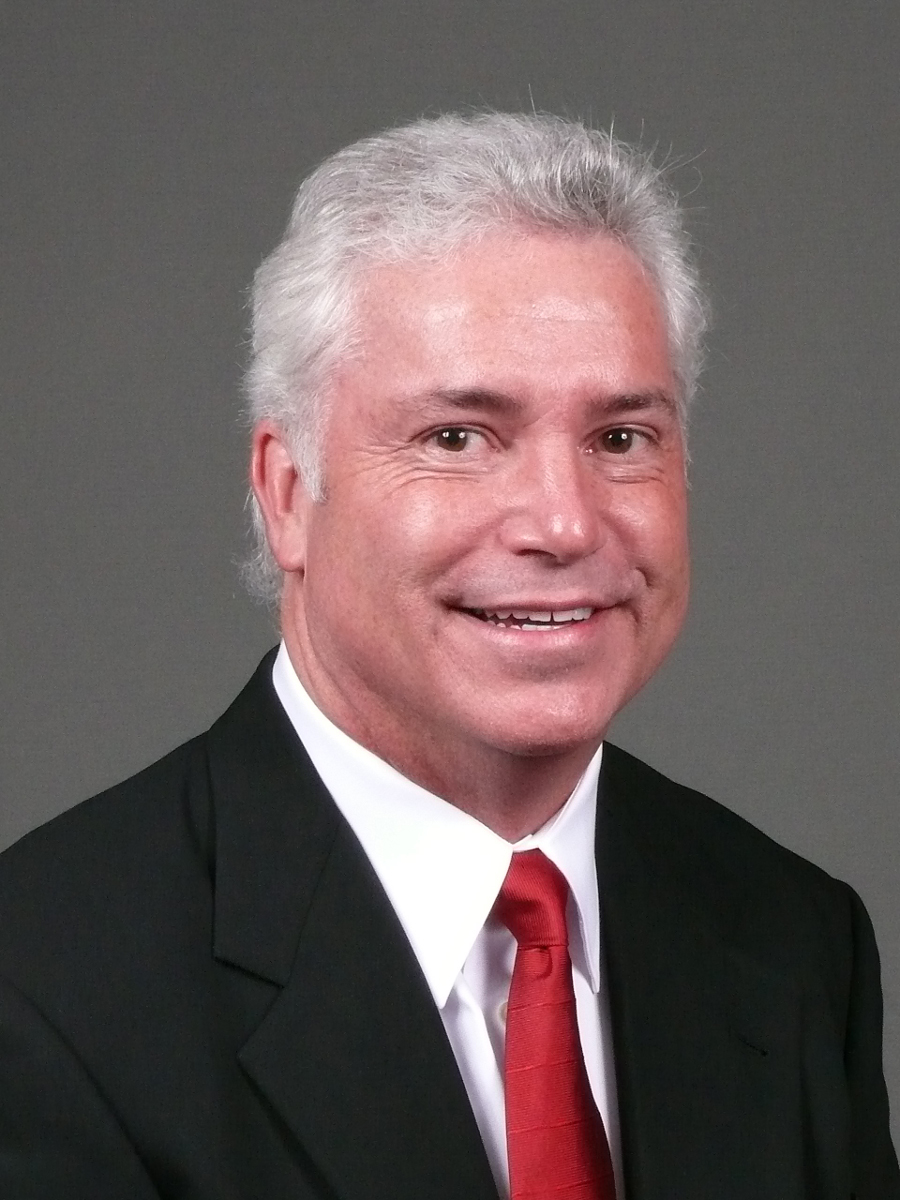 Gregory Hickman, MD, medical director and director of anesthesia at the Andrews Institute Ambulatory Surgery Center and regional anesthesia fellowship director at the Andrews Institute in Gulf Breeze, Fla., discusses new techniques and training in regional anesthesia.
Gregory Hickman, MD, medical director and director of anesthesia at the Andrews Institute Ambulatory Surgery Center and regional anesthesia fellowship director at the Andrews Institute in Gulf Breeze, Fla., discusses new techniques and training in regional anesthesia. Regional anesthesia, which can include spinal blocks, epidural blocks or peripheral nerve blocks, involves numbing only the area of a patient's body that requires surgery.
Question: What are some of the newer techniques in regional anesthesia?
Gregory Hickman, MD: Some of the newer techniques, in the outpatient setting in particular, include adductor canal catheters. TAP blocks are also a newer block that have grown quickly in popularity.
Other new techniques include use of the fascia iliaca block for hip surgery and the Pecs block — pectoral nerves block — which I haven't used yet, but am considering for the future.
Q: How much do they differ from some of the older techniques?
GH: All these new techniques — the adductor canal, fascia iliaca block, TAP block and Pecs block — usually require ultrasounds for guidance. The older techniques were done for years without ultrasound. But now I do everything with ultrasound. It isn't the standard of care yet, but I think it will be soon.
With ultrasound guidance, you have the added dimension of seeing what you are doing and that helps you place the blocks more consistently. I think data is now starting to prove that.
Q: What are some of the challenges of training anesthesiologists in these new techniques?
GH: Anesthesiologists should learn to use ultrasound guidance. There is a very steep learning curve with ultrasound, so they have to dedicate themselves and practice a lot to get it right.
Successfully using the ultrasound requires thinking in a 3D mode even when you are looking at a 2D picture, and anesthesiologists have to be able to relate what they are seeing on the ultrasound monitor to the patient.
It's also a challenge because even though there are a lot of courses offered for learning ultrasound guidance techniques, anesthesiologists have to spend time and money for the courses. And there's definitely reluctance with older anesthesiologists, especially if they don't typically use regional anesthesia techniques. If they are about to retire, they may not see the value in it, but younger anesthesiologists want to get trained.
Q: What are some of the best practices for training anesthesiologists in these new techniques, such as ultrasound guided regional anesthesia?
GH: The American Society of Anesthesiologists has put together a training portfolio — it includes 10 hours of didactic work and six hours of hands-on training work. There are many didactic courses each year that one can attend. I have been involved with the Institute for Advanced Medical Education USRA courses for the last six years. We put these on eight times a year in different cities.
There are also preceptorships that anesthesiologists can enroll in to get trained in these new techniques. The Andrews Institute has a preceptorship, and completing a preceptorship is a good way to show insurance companies that you have been trained. There are also a lot of good websites that anesthesiologists can use to begin their training with videos showing ultrasound techniques. My partner, Brandon Winchester, MD, and I have a website called Blockjocks.com where you can find information about our preceptorship.
Ultimately, anesthesiologists need to go out and do a course or a preceptorship, and then practice, practice and practice. They need to practice on something solid, with their hands. It is not enough to just see these techniques being performed; they have to practice doing them.
Q: What advice do you have for anesthesiologists who need to learn these new techniques?
GH: Practice is the most important thing. The thing is, you have to be really committed. You can't go half-heartedly into it. If you learn how to do it the right way, these techniques can be very helpful.
Before ultrasound, a lot of anesthesiologists stayed away from regional anesthesia because the failure rate without ultrasound was high. But now it is more successful. More and more physicians and surgeons are asking for ultrasound techniques in postoperative pain management. Regional anesthesia techniques and use of continuous catheters and pain pumps — like the ON-Q pump — are some of the best practices in postoperative pain management. I believe ultrasound is a tremendous benefit for confirming catheter placement when using continuous techniques.
Anesthesiologists should continue using good regional anesthesia techniques for more cases in an outpatient setting. With good regional anesthesia and postoperative pain management, we can increase cases and do more invasive procedures in the outpatient setting.
More Articles on Anesthesia:
Crystal Clear Solutions Develops Anesthesia Guide App for Surgical ProceduresAllCare Clinical Associates Appoints Dr. Frank Sutton as Partner
University of Michigan Health Startup Receives FDA Clearance for Patient Monitoring Software

